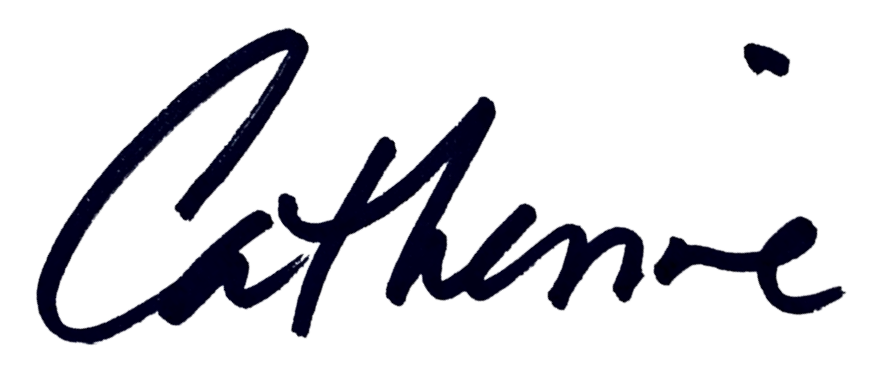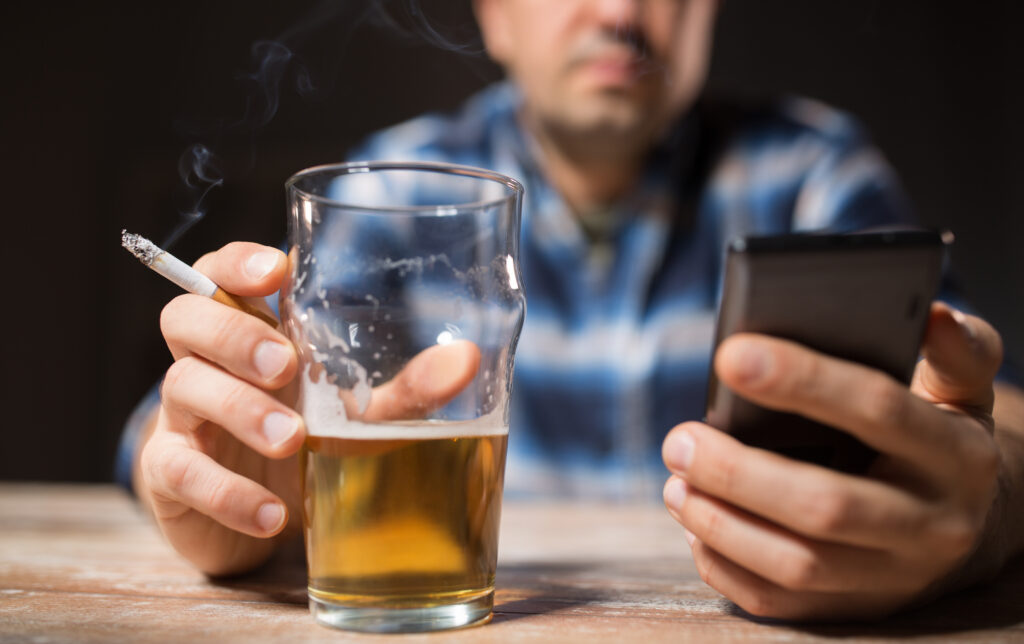I recently read the book Never Enough by neuroscientist Judith Grisel. She explores addiction’s intricate and dynamic mechanisms, primarily focusing on the brain’s efforts to balance pleasure and pain through the lens of the opponent-process theory. This principle, often described as the brain’s “A and B process,” mirrors the yin-yang concept of balance—where every experience or action spurs an equal and opposite reaction. For those struggling with addiction, this balance becomes a relentless cycle: each moment of euphoria or relief comes with a corresponding downturn, and over time, the brain adapts in ways that make escaping this loop increasingly difficult. I believe it’s valuable for all of us to learn how, wherever we are on the mental health continuum, we can use this insight to make meaningful choices in supporting our own optimal mental health.
The Science of the A and B Process:
According to the opponent-process theory (first put forth by Solomon and Corbit in 1974), the brain’s reward system is designed to respond to pleasure with an equal counter-response, trying to restore balance after every stimulating experience. This dynamic unfolds in two phases:
- The “A Process”: The Pleasure Phase
This initial phase floods the brain with dopamine and other “feel-good” chemicals, delivering the high or pleasurable state that accompanies the use of addictive substances or behaviours. Whether it’s the rush from stimulants, the calming effect of alcohol, or the satisfaction from checking social media updates, the “A process” is the brain’s immediate reaction to reward or excitement. - The “B Process”: The Counterbalance
In this phase, the brain works to counteract the pleasure of the “A process,” pushing toward homeostasis or balance. This “B process” produces unpleasant feelings such as anxiety, irritability, or withdrawal, aiming to neutralize the initial high. Over time, this balancing act becomes more vigorous and quicker, causing a diminishing of pleasure and amplifying discomfort.
As the brain becomes more efficient at activating the “B process,” tolerance and dependence develop, requiring increasingly higher doses or more frequent engagement in the addictive activity just to feel normal. Eventually, the “B process” can start almost immediately after the “A process,” trapping individuals in a cycle where they seek a substance not to feel good but to stave off the discomfort that arises without it.
While reading this, I investigated other (more recent) theories that take different angles on the neurobiological aspects of addiction. The Dopaminergic Hypothesis (Wise, 1980) focuses on dopamine, the “feel-good” chemical that drives reward and reinforcement. The Incentive Sensitization Theory (Robinson and Berridge, 1993) explains how people can become super-sensitive to drug-related cues, making them crave the substance even more. The Habit and Compulsion Theory (Everitt and Robbins, 1999; 2005) looks at how repeated use can turn into automatic habits, and the Allostasis Theory (Koob and Le Moal, 1997) highlights how the brain adapts over time, creating lasting changes. Newer ideas, like those focused on neuroinflammation (Montagud-Romero et al., 2021), are just beginning to look at how the body’s immune response might play a role in addiction.
Addiction is incredibly complex, involving a mix of brain chemistry, personal experiences, and social influences that vary widely between individuals. Each theory on addiction captures only part of the picture, often oversimplifying by focusing on limited factors and missing the bigger picture. While we understand some of the brain’s responses to addiction, pinpointing exact cause-and-effect relationships is challenging. Additionally, genetic and environmental factors mean that addiction affects each person differently, so a one-size-fits-all approach is ineffective. Despite extensive research, turning these insights into effective treatments remains a work in progress, and predicting how addiction will develop in any one person is still difficult.
Addiction is incredibly complex, involving a mix of brain chemistry, personal experiences, and social influences that vary widely between individuals.
Grisel’s Perspective: There’s No Free Lunch
Grisel eloquently captures this A-B concept with a simple phrase: “There is no free lunch.” The brain’s adaptability has a cost that often leaves individuals dependent, not on the pleasure of the activity, but on relief from its absence. Over decades of research, Grisel’s experience has shown her that the pursuit of pleasure without acknowledgment of this counterforce only deepens dependence.
She observes that addiction isn’t just about chemical cravings; it’s also about a broader societal shift toward avoidance and escapism. High-potency drugs and constant technological engagement enable avoidance of discomfort—of emotions, relationships, and even the inner self.
A particularly resonant part of Grisel’s philosophy is her assertion that today’s addictive technologies and substances are driving society toward what she calls an “addictive black hole.” She observes that addiction isn’t just about chemical cravings; it’s also about a broader societal shift toward avoidance and escapism. High-potency drugs and constant technological engagement enable avoidance of discomfort—of emotions, relationships, and even the inner self. She describes this as a “rising phase of escapism and pharmacology,” where we collectively turn away from the realities of life in favour of artificial highs and quick fixes.
From Avoidance to Connection: Grisel’s Call for Change
Grisel emphasizes that real solutions don’t lie in genetic manipulation or pharmacological intervention. Instead, she advocates for building genuine human connections—the “low-hanging fruit” in the fight against addiction. It’s in our relationships with one another and in learning to sit with ourselves without constant distraction that she sees the possibility for lasting change.
Grisel recognizes a pivotal realization in her own life: “Ultimately, you can’t avoid yourself.” The shift, she suggests, starts with acknowledging this truth. By fostering love, compassion, and connection, both within us and with those closest to us, Grisel believes we can begin to break the addiction cycle. For a society constantly tempted by escape and novelty, the path forward might involve rediscovering the value of presence, relationships, and the ability to confront our experiences rather than running from them.
For a society constantly tempted by escape and novelty, the path forward might involve rediscovering the value of presence, relationships, and the ability to confront our experiences rather than running from them.
In Never Enough, Grisel paints a realistic yet hopeful picture: Addiction, though rooted in brain processes, is deeply entwined with our social and emotional lives. She remains optimistic that, collectively, we are approaching a “moment of truth,” a chance to confront our avoidance-based society. In that moment, Grisel contends, we will find that the path out of addiction has always been within us—grounded in self-awareness, human connection, and a return to balance.
After reading this article, what resonates most with you?
When was the last time you reflected on your substance use or technology use?
What “a-process”s benefit do you experience?
Do you notice any resulting “b-process” experiences?
With this new self-awareness, what might you do next?



